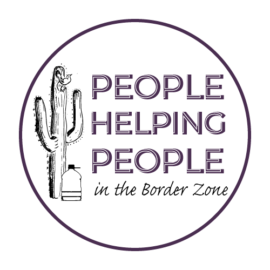RESOURCES

PHP was founded in 2012 and we have been consistently pursuing our mssion every day. Here are some resources if youre interested in more information + data.
Checkpoint Monitoring Report
Arivaca Road Border Patrol Checkpoint, Amado, AZ
October 26th, 2014
In July 2013, the Arivaca, Arizona-based organization People Helping People sponsored a forum for local residents to discuss the overwhelming Border Patrol presence in their community and its impact on their lives. The discussion was open-ended but continually returned to a seven-year-long symbol of the extreme militarization of Arivaca: the “temporary” Border Patrol interior checkpoint on Arivaca Road, 25 miles north of the border and one of several checkpoints in the area.
Residents described routine harassment and abuse by Border Patrol agents at the Arivaca Road checkpoint. Many reflected on the role of the checkpoint in Border Patrol’s “deterrence” strategy, a policy that continues to cause countless deaths in the desert despite the best efforts of humanitarian organizations. But all participants agreed on one point: that something is fundamentally wrong when the federal government enters a community and implements a policy by which no one, including children on their way to school, can leave without being stopped and questioned by armed federal agents—and under which all residents are suspects simply by virtue of where they live. That has been our reality for seven years.
For the past year, People Helping People has been working towards the removal of the Arivaca Road checkpoint, beginning by documenting abuses of local residents at the checkpoint.[i] A petition for the removal the checkpoint, [ii] signed by nearly half of Arivaca’s residents, was rejected by Border Patrol, and the agency has consistently ignored the community’s legitimate concerns, including questions regarding the checkpoint’s financial cost and its efficacy as to apprehensions and seizures.
In February, we initiated a checkpoint monitoring campaign to deter abuse and collect data on checkpoint operations, which Border Patrol has refused to provide.[iii] This report presents the initial results of that monitoring campaign. Although we believe monitoring has deterred some abuses, the initial data indicates that agents are engaged in unlawful practices at the Arivaca Road checkpoint, and in particular, the systematic racial profiling of Latino motorists.
The data resulting from two months of monitoring and based on more than 100 hours of observation was recorded from a distance that often made close examination difficult— and yet even this relatively small, partial sample has provided a disturbing confirmation of what many border residents already know to be true: the Constitution is too often and too easily ignored by agents at interior checkpoints.
Checkpoint Monitoring
On February 26, 2014, volunteers began monitoring the Arivaca Road checkpoint. Border Patrol responded by restricting access to the checkpoint. Under threat of arrest, the monitors were forced to observe, to the extent possible, from a distance well outside the inspection area and beyond monitors’ ability to adequately see or hear Border Patrol operations. Monitors have continued to experience Border Patrol harassment and intimidation over the past months in response to their attempts to monitor the checkpoint. Such heavy-handed tactics and arbitrary restrictions are emblematic of Border Patrol’s lack of public accountability and transparency, and violate monitors’ Constitutional rights. Even within these unacceptable limitations, which have restricted our ability to observe and record important information, monitors have continued collecting data to the best of their ability.
Volunteers were trained to record information related to each checkpoint stop they observed, including vehicle and motorist descriptions, the duration of each stop, and what occurred during the stop, such as whether motorists were required to show identification or referred for “secondary inspection.” Monitors noted when service canines were present and when they were used. The agent’s identity and the gender, age, and ethnicity of the vehicle occupants were recorded to the best of monitors’ ability, given their distance from the inspection area.
From February 26 to April 28 of 2014, over the course of approximately 100 hours of observation, monitors recorded information related to 2,379 vehicle stops at the Arivaca Road checkpoint. The data from these first two months of monitoring was submitted for analysis to a professional statistician. The statistician juxtaposed different variables in the data to find statistically significant correlations, as follows.
Findings
The most significant findings to emerge from the first two months of monitoring relate to Border Patrol’s disparate treatment of Latino motorists. The data collected by monitors indicated significant racial disparities in the ways agents interact with motorists and strongly suggest that Border Patrol is engaged in a pattern and practice of racial profiling of Latino motorists at the Arivaca Road checkpoint.
Of the 2,379 vehicles observed over two months, 1,938 were observed to have White-only occupants while 210 were observed with Latino-only occupants. Because the number of vehicles with other or mixed ethnicities was relatively small they were not included in this analysis.
Table 1. Racial/Ethnic Composition of Vehicle Occupants
| Race/Ethnicity | n |
| Black only | 3 |
| Indigenous only | 1 |
| Mixed Latino and White | 42 |
| Latino only* | 210 |
| White only* | 1,938 |
* Only these two categories were used in analyses.
While most vehicles passed through the checkpoint fairly quickly, a comparison of White-occupied vehicles and Latino-occupied vehicles revealed a statistically significant differential in stop times. We believe this observed differential would have been greater absent the restrictions imposed by Border Patrol, as White motorists’ interactions with agents may have been voluntary and conversational in nature, while Latino motorists may have been subject to longer interrogations. Nonetheless, the statistically significant differential in stop times between White and Latino motorists is consistent with dramatic racial disparities found in other areas, as follows.
In approximately 100 hours of observation, monitors observed 45 instances in which motorists showed some form of identification to agents—34 of those involved vehicles with Latino occupants and 11 involved vehicles with White occupants. While White-occupied vehicles were roughly 9 times more common at the checkpoint, 75 percent of interactions where agents were shown identification involved Latino-occupied vehicles. Overall, approximately 16 percent of Latino occupied vehicles showed identification while only 0.6 percent of White occupied vehicles did so, meaning that a Latino-occupied vehicle was more than 26 times more likely to show identification than a White-occupied vehicle.
Monitors recorded eleven instances of agents referring vehicles for secondary inspection—six of those involved vehicles with Latino occupants and three involved vehicles with White occupants. Here also, even though vehicles with White occupants were over nine times more common, twice as many vehicles with Latino occupants were referred for secondary inspection. Almost 3 percent of vehicles with Latino occupants were ordered to secondary inspection, compared to 0.15 percent with White only occupants, meaning Latino occupied vehicles were nearly 20 times more likely to be ordered to secondary inspection.
One of the eleven secondary inspections was the result of a false or alleged canine alert involving a Latina motorist. Her vehicle was searched, but no contraband was found. This kind of false alert, often resulting in prolonged detentions and invasive searches, is all too common at Border Patrol checkpoints. Also significant is the fact that none of the checkpoint stops documented by monitors resulted in apprehensions of undocumented persons or other individuals or seizure of any contraband.
Since monitors began observing the checkpoint, many Arivaca residents have commented that Border Patrol Agents seem “nicer,” asking fewer questions unrelated to citizenship, and that they pass through the checkpoint more quickly. Monitors originally hoped their presence would deter abuse, and it may have to some extent; however, the fact that agents are blatantly discriminating against Latinos in plain sight of monitors shows there are limits to that deterrence. And, any deterrent effect vanishes when monitors are absent—as one recent incident shows, arbitrary and abusive conduct persists at the checkpoint, and Border Patrol has still not accepted the right of the public to record the actions of law enforcement.[iv]
Conclusion
U.S. Customs and Border Protection (CBP) defines racial profiling as “the invidious use of race or ethnicity as a criterion in conducting stops, searches and other law enforcement, investigation and screening activities.” The policy further states, “It is the policy of CBP to prohibit the consideration of race or ethnicity in law enforcement, investigation and screening activities in all but the most exceptional circumstances.”[v]
The data gathered by People Helping People shows unequivocally that Border Patrol is in violation of its own policy, and that agents routinely and systematically subject Latino motorists—including longtime Arivaca residents—to added scrutiny solely on the basis of race. There is simply no other explanation for the overwhelming disparities documented in this report. Furthermore, the fact that agents are doing this in plain view of monitors suggests the alarming degree to which racial profiling is an accepted part of Border Patrol’s routine operations.
Another significant observation: of the 2,379 vehicles stopped by the Border Patrol during our monitoring, including 11 sent to secondary inspection, not one person, citizen or non-citizen, was apprehended and no contraband was seized.
We believe that many unlawful practices, including racial profiling, persist at the checkpoint and we intend to continue monitoring in order to deter and document abuses, despite the continued restriction of our right to observe Border Patrol activity. In the meantime, we renew the following demand:
- In light of the ongoing, documented abuses associated with its operation, we repeat our demand for the immediate removal of the Arivaca Road checkpoint.
[i] Community members’ descriptions of their experiences at the checkpoint are available on our website: Community Testimonials
[ii] The petition, signed by 236 residents and 10 local businesses, is available at: https://www.change.org/p/u-s-border-patrol-remove-the-check-point-on-arivaca-rd-in-amado-az-quite-el-ret%C3%A9n-de-la-carretera-de-arivaca-en-amado-az
[iii] Fernanda Santos, “Border Patrol Scrutiny Stirs Anger in Small Town,” New York Times, (June 27, 2014), available at: http://www.nytimes.com/2014/06/28/us/border-patrol-scrutiny-stirs-anger-in-arizona-town.html
[iv] In July, a California woman was assaulted and searched by an agent at the Arivaca Road checkpoint, after she attempted to film the interaction on her cell phone. “Woman Claims Assault at Border Patrol Checkpoint,” Green Valley News (August 22, 2014), available at: http://www.gvnews.com/news/local/woman-claims-assault-at-border-patrol-checkpoint/article_ac715428-2a5f-11e4-8e77-001a4bcf887a.html?utm_source=twitterfeed&utm_medium=twitter
[v] “CBP Policy on Nondiscrimination in Law Enforcement Activities and all other Administered Programs,” available at: http://www.cbp.gov/employees/eeo/cbp-eeo-policies/nondiscrimination-in-law-enforcement
[v1] The ACLU’s checkpoint complaint is available at: http://www.acluaz.org/sites/default/files/documents/ACLU%20AZ%20Complaint%20re%20CBP%20Checkpoints%20%202014%2001%2015.pdf
Arivacan’s Speak Out About Border Patrol Abuse

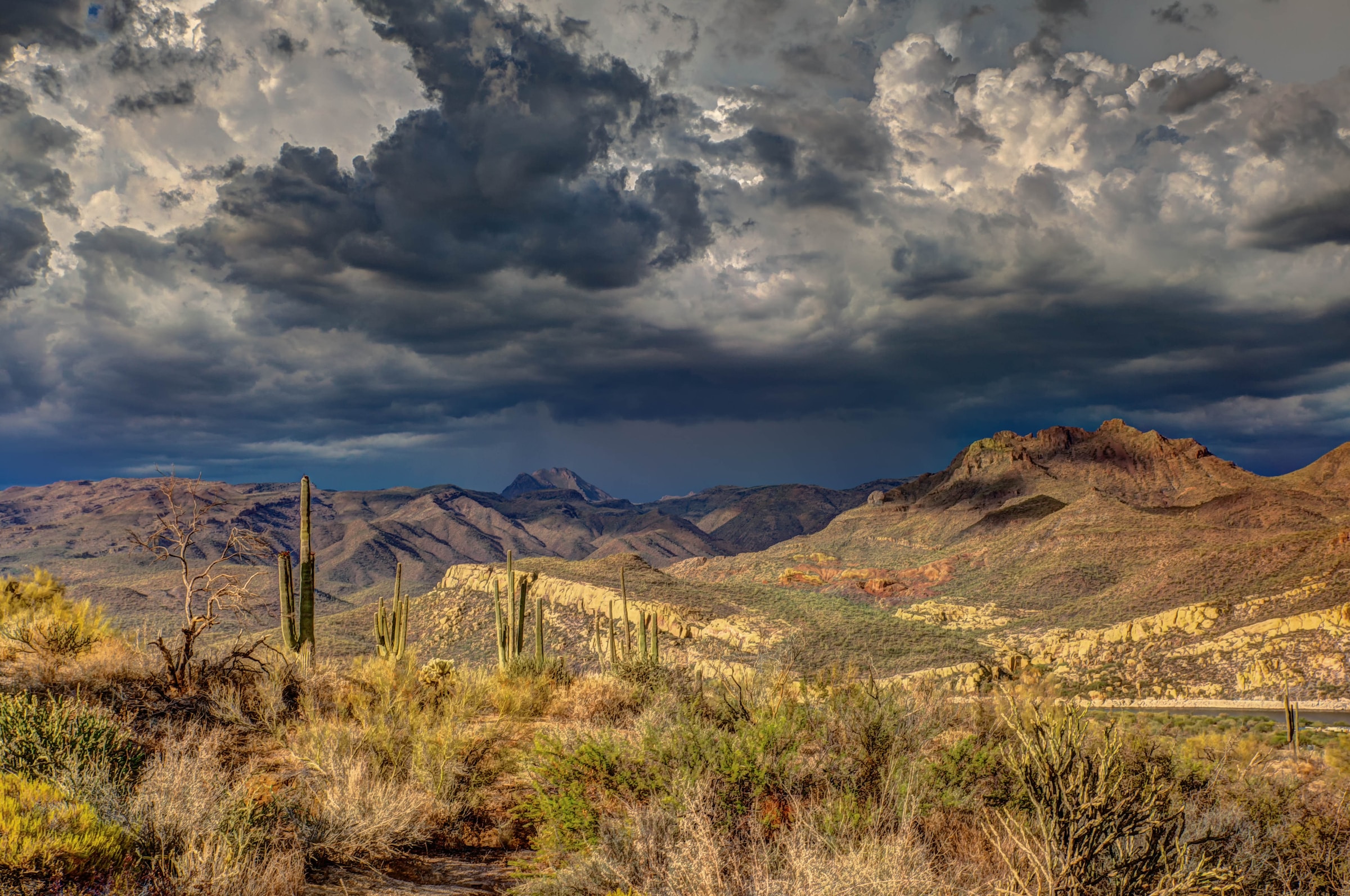

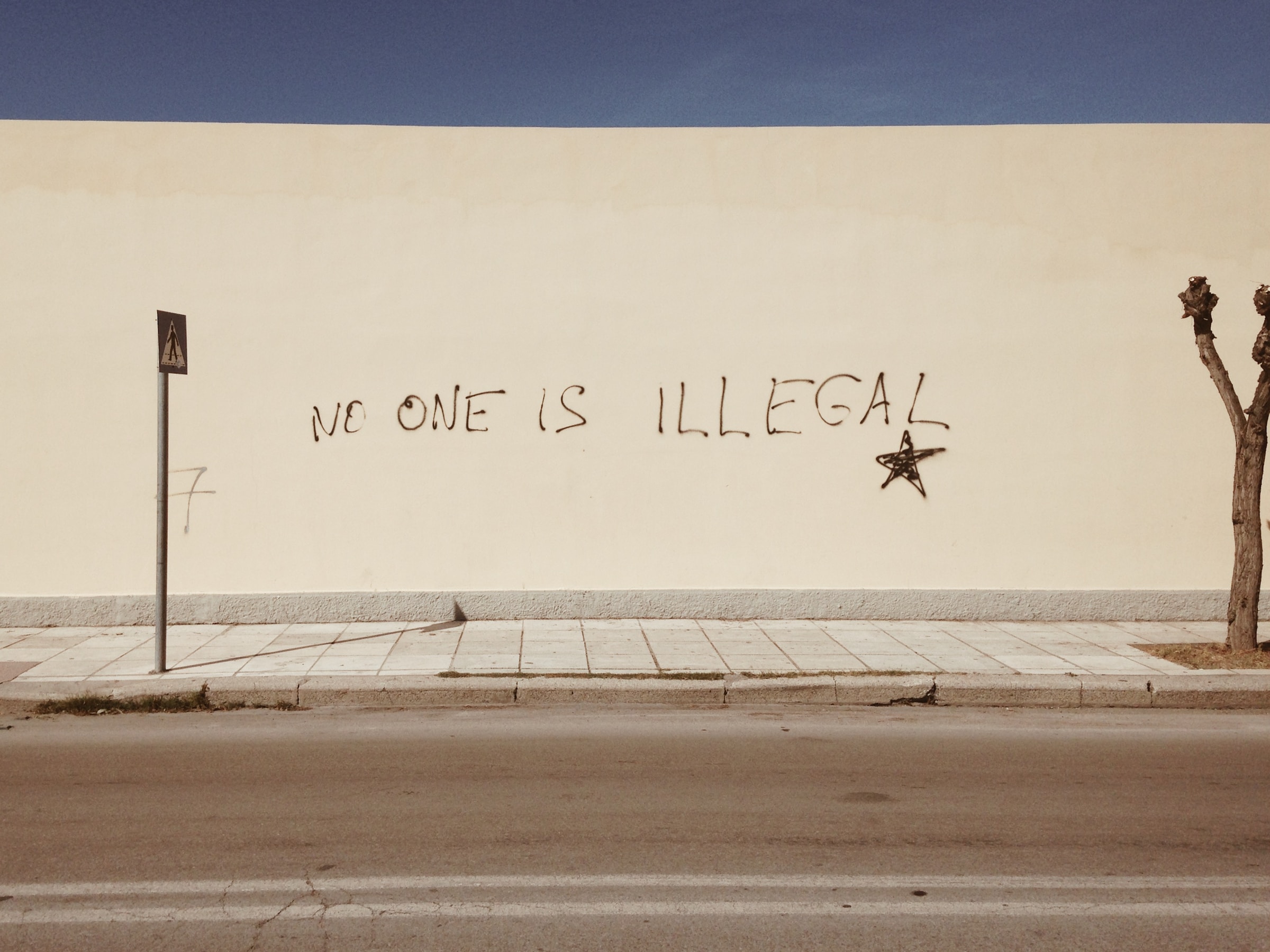

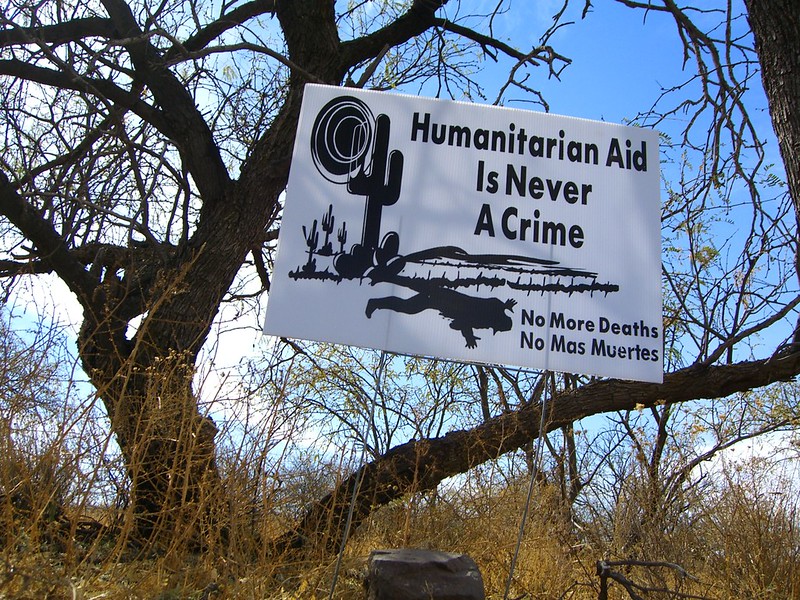
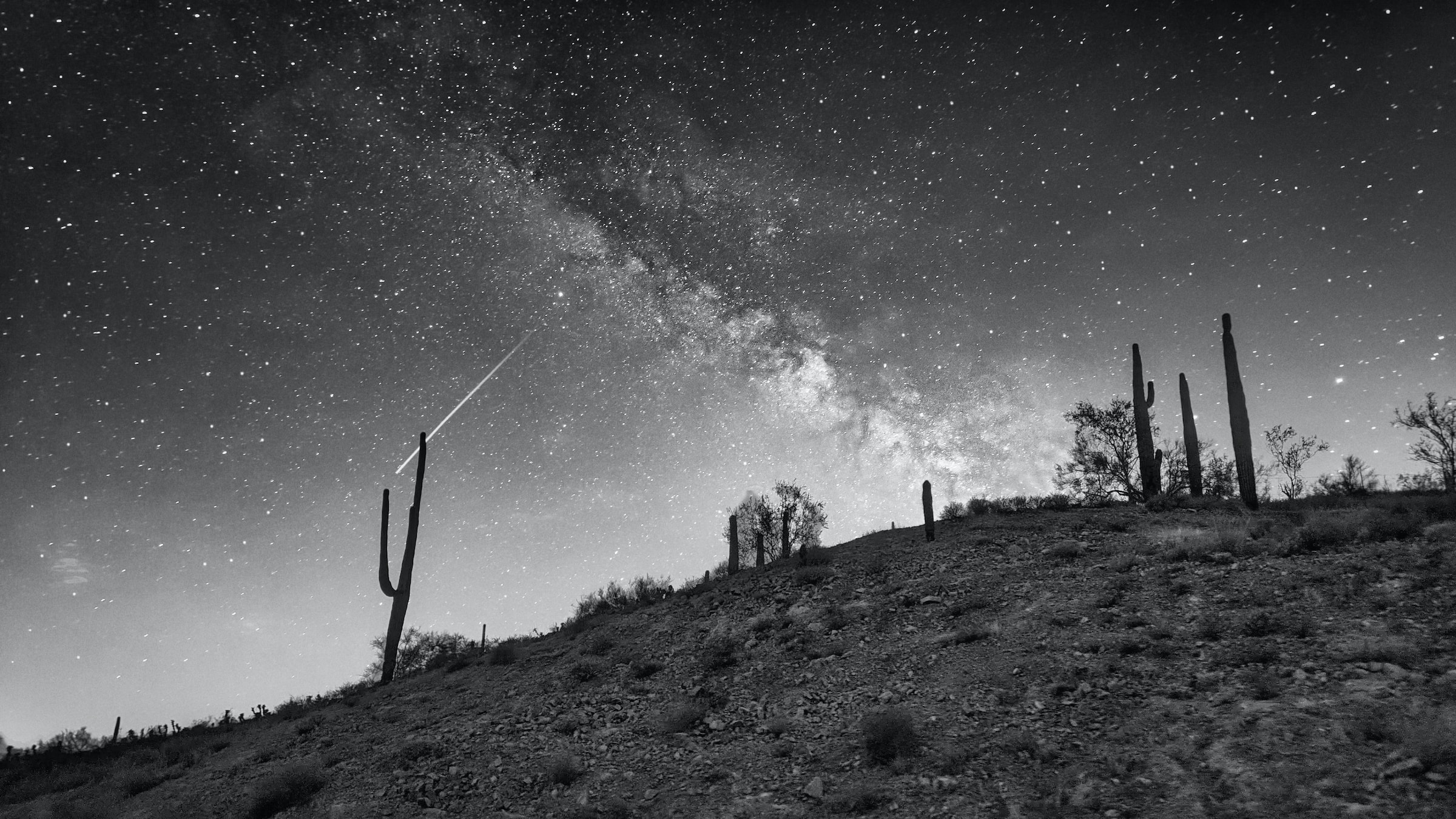
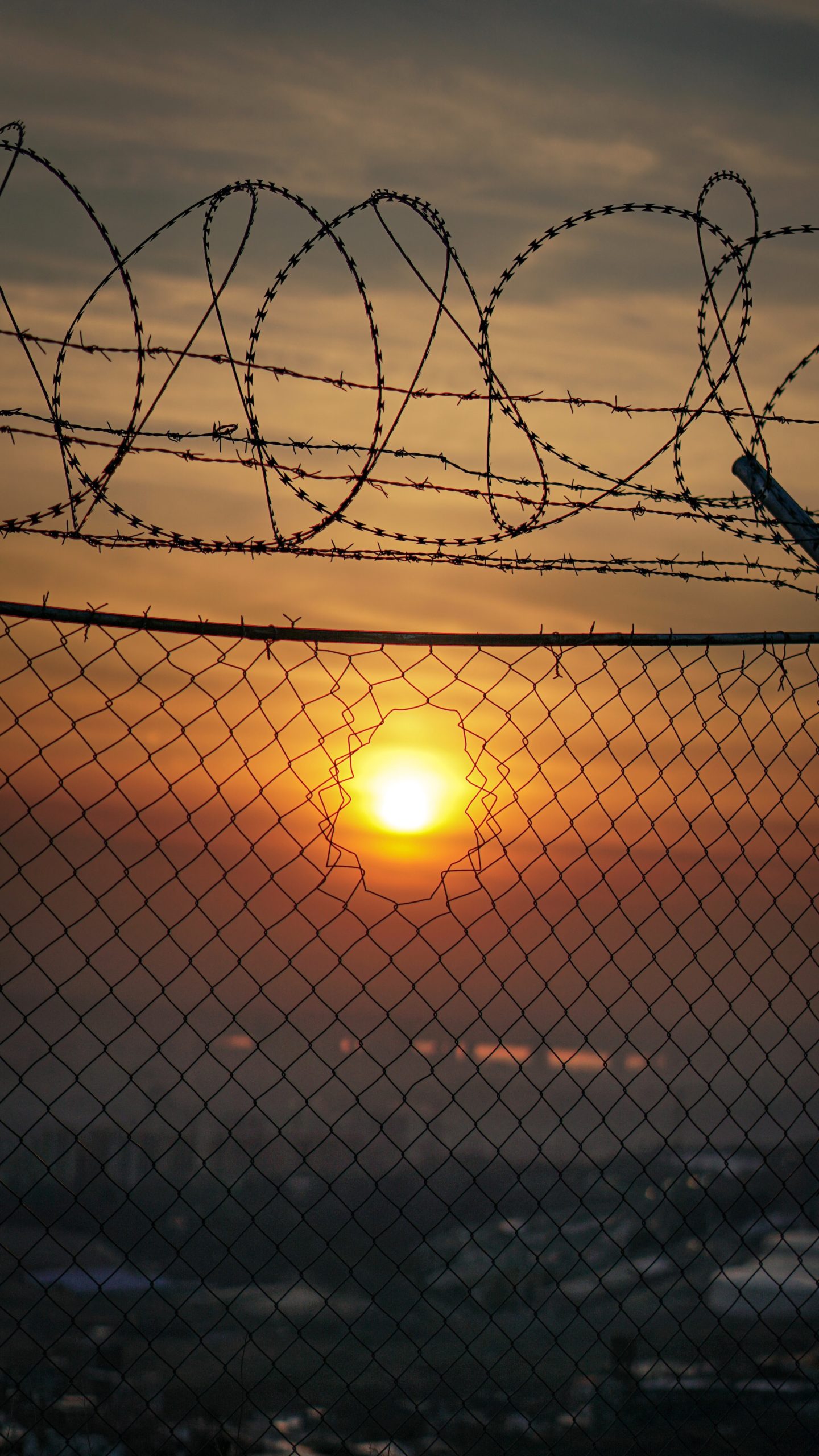
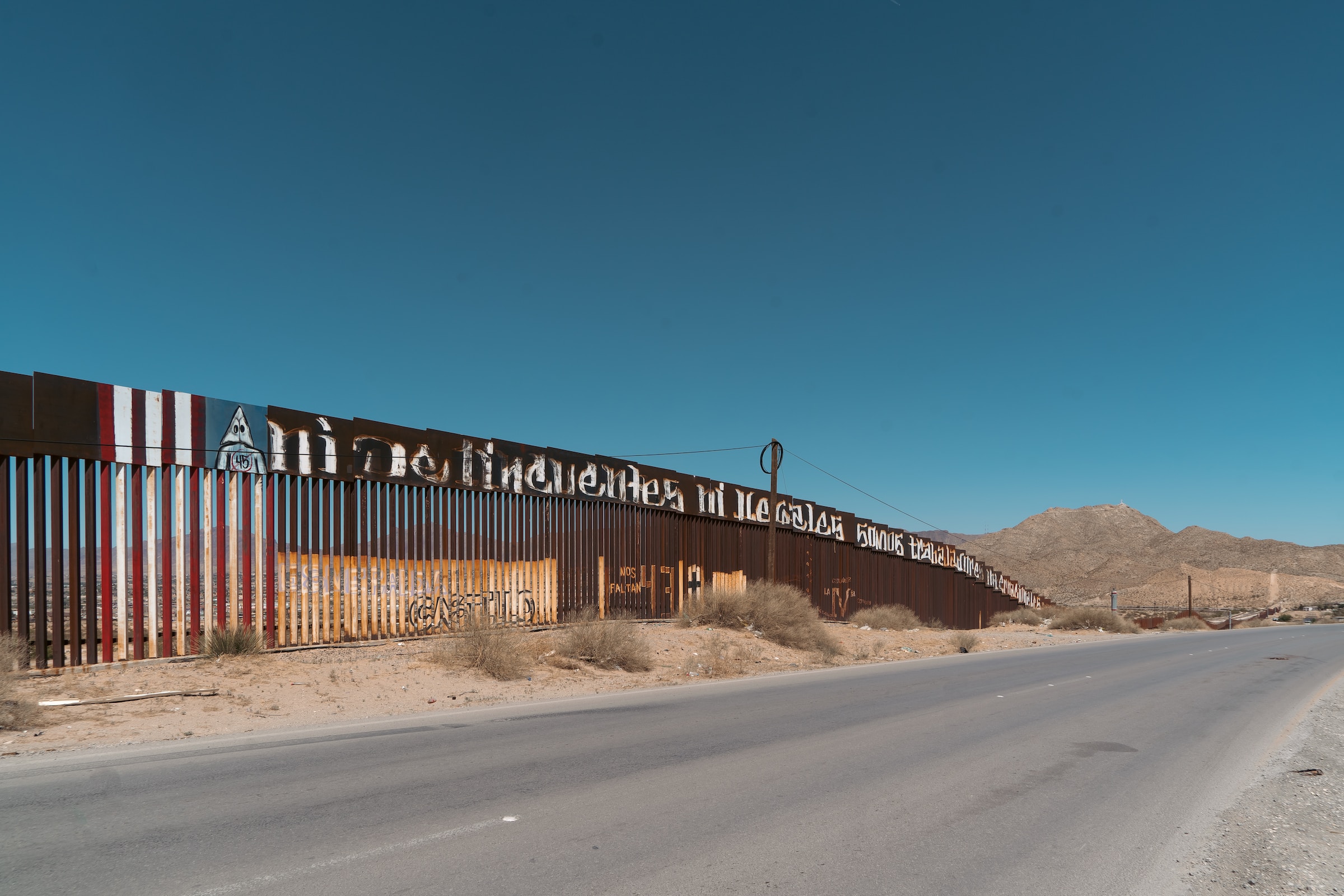

HWY 286 Monitoring
Arivaca Residents Expand Checkpoint Campaign to HWY 286 Checkpoint; February 4 2016

Residents Sit-In at US Border Patrol Checkpoint
Arivacan Residents Sit-In at Arivaca Road Checkpoint
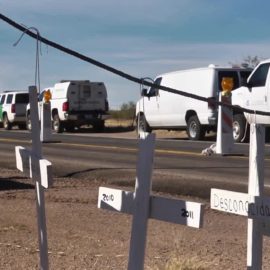
Border Community Day of Action
Please see the full press release here and check out this video! The May 27th community hearing at the Arivaca Road checkpoint was a huge success! The
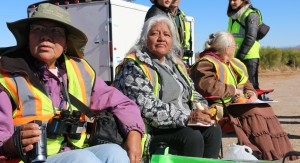
Hearing Tomorrow in Community Lawsuit Against Border Patrol
Injuction Hearing in the Arivaca Residents’ Lawsuit Against US Border Patrol April 21, 2015

24-Hour Vigil + Monitoring Statement
Arivaca community holds a vigil for those who have died as a direct result of U.S. border enforcement
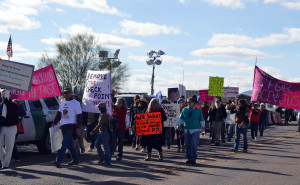
Border Patrol Checkpoint Monitoring Campaign Reveals Systemic Racial Discrimination against Latinos by BP
Checkpoint Monitors observed and documented systemic racism by US Border Patrol; July 7, 2014
PHPs Sister Organizations
We are not alone in the struggle for the protection of human life and the demilitarization of the borderlands. We work in solidarity with a number of community and social justice organizations across the southwest, including:
The Border Patrol Victims Network
The Borderlands Restoration Project
Christian Peacemaker Teams (CPT)
O’odham Voices Against the Wall
The Tohono O’odham Hemajkam Rights Network (TOHRN)
The Samaritans in Ajo, Green Valley, and Tucson
